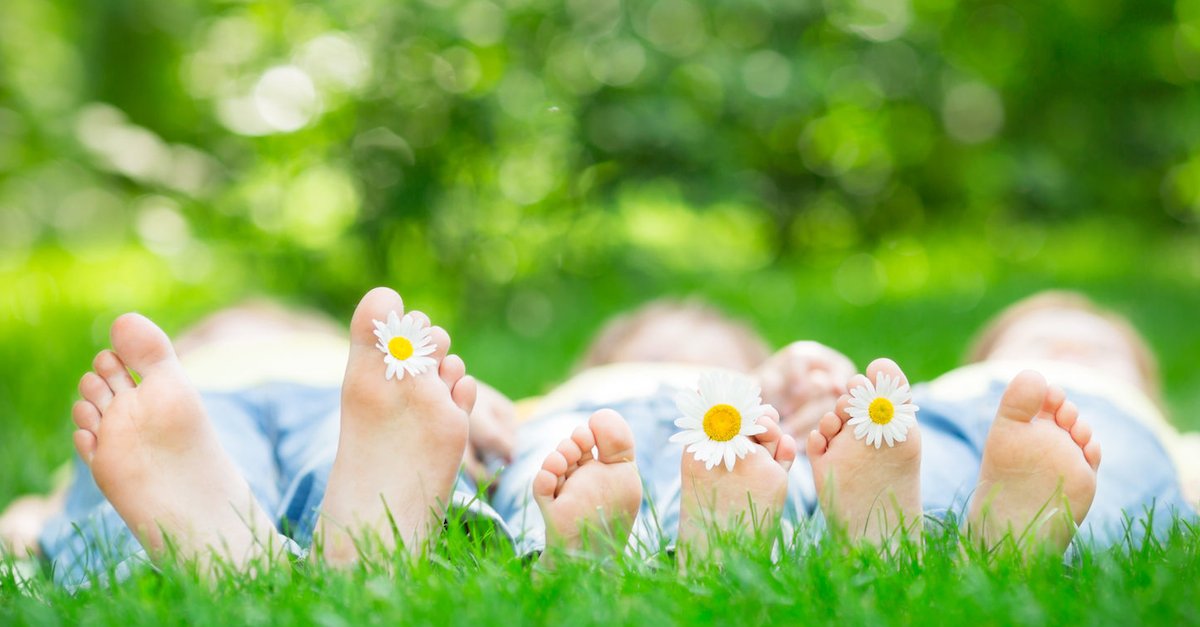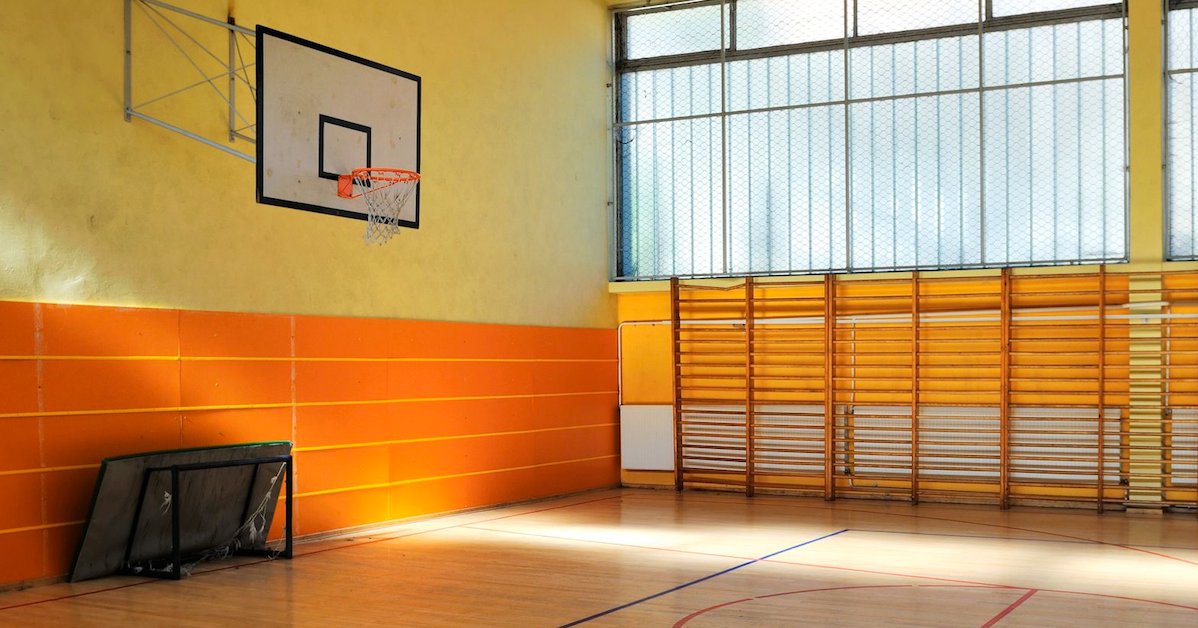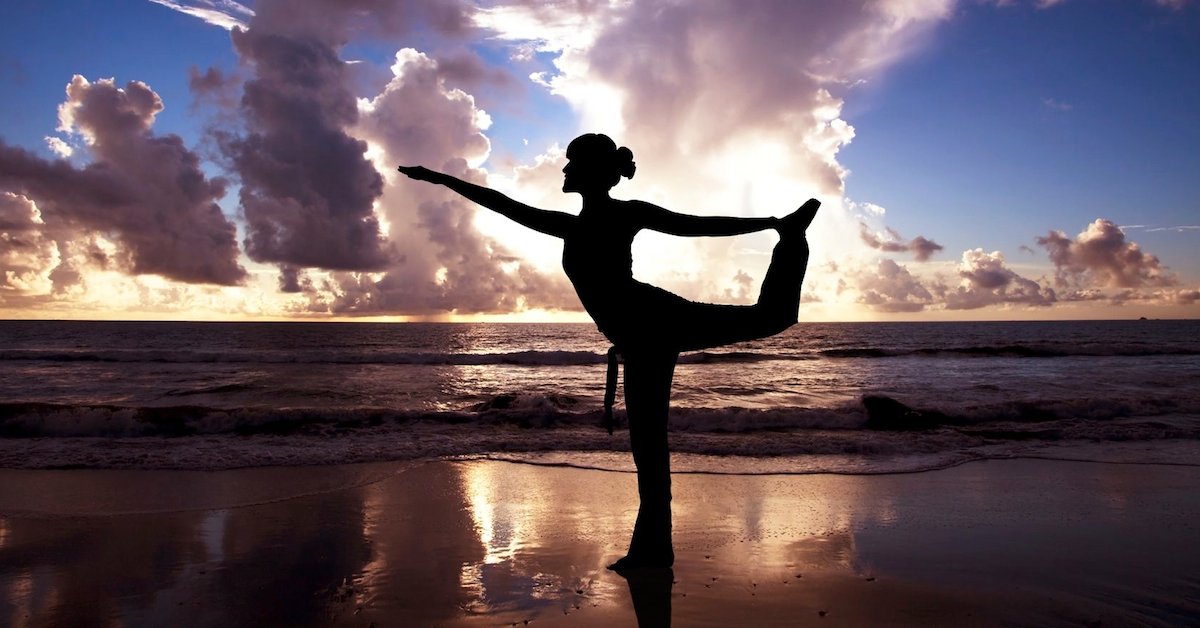Guided visualizations or guided imagery is a highly effective technique taught in the YogaKids program to help students achieve a relaxed state. Typically at the end of a yoga class, the teacher guides students on a journey, letting them travel to far off lands, or stay very close to home; to experience joy, serenity, and peace without ever leaving their yoga mat.
A simple recipe for peace
I recently attended YogaKids Transformations training, the culmination of a 95-hour training. After a year of study, this group is comprised of extremely qualified children’s yoga teachers. One of the attendees, Mary, shared a guided visualization in which we were allowed to travel to anywhere we wanted to go. Since I was 1000 miles from home at the time, I chose to travel to my son’s room at bedtime. The way in which Mary set up the exercise made it extremely real for me; the words she chose and the perfectly timed pauses led me to an experience that seemed very real. At the end of the relaxation, I felt peaceful, relaxed, and — honestly — just happy! This is the desired effect for our students as well.
The brain lights up the same nerve bundles for events real or imagined…
Guided imagery is based on the concept that the body and mind are connected. The brain lights up the same nerve bundles for events that we actually experience and events we just imagine experiencing. As far as the brain is concerned, thinking about walking on a sunny beach during a cold Chicago winter is just as good as actually doing it. Helping young students reach a relaxed state may aid healing, learning, creativity, and performance. It may also help students feel more in control of their emotions and thought processes, which may improve attitude, health, and sense of well-being.
Why traditional Savasana is challenging for kids
Most traditional yoga classes end with Savasana, or relaxation. Students are asked to lie down and simply enjoy the experience of their own breath. Savasana leads us away from the never-ending parade of thoughts. Our younger students will find this experience to be exceedingly difficult. When young children are asked to lie quietly, often they will fidget, misbehave, open their eyes and look around. Some might even simply refuse to lie down. Children, from toddlers to tween, will do much better given something to “do”. A well written and taught guided visualization will help young students transport themselves to a playground, their own backyard, or even Disney World.
A Magic Capet Ride
The YogaKids program is extremely creative, fun and engaging. Usually after 50 minutes of movement, games, laughing, barking and meowing, most kids are ready to lie down and relax a bit. We instruct students to imagine their yoga mat is a Magic Carpet, and it will transport them to anywhere they want to go. Once they’re given a brief instruction, kids are able to chill, and experience the creativity of their own imagination long enough to benefit on a cellular level.
Combat Stress and Anxiety
There are a growing number of guided imagery resources (refer to our resource below) to assist the teacher with an effective setup and script. You can also learn how to best come out of a guided visualization. Today’s kids are overstimulated and overscheduled; the use of guided visualizations can help your kids experience a much needed break.
Suggested resources:
Imaginations: Fun Relaxation Stories and Meditations for Kids





